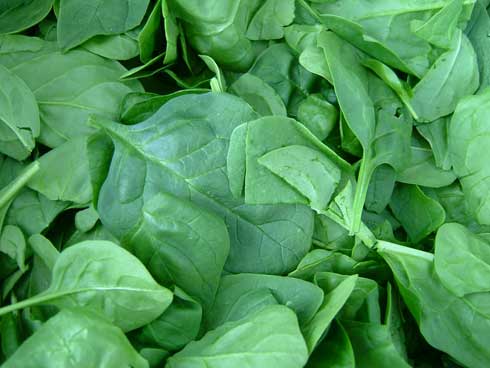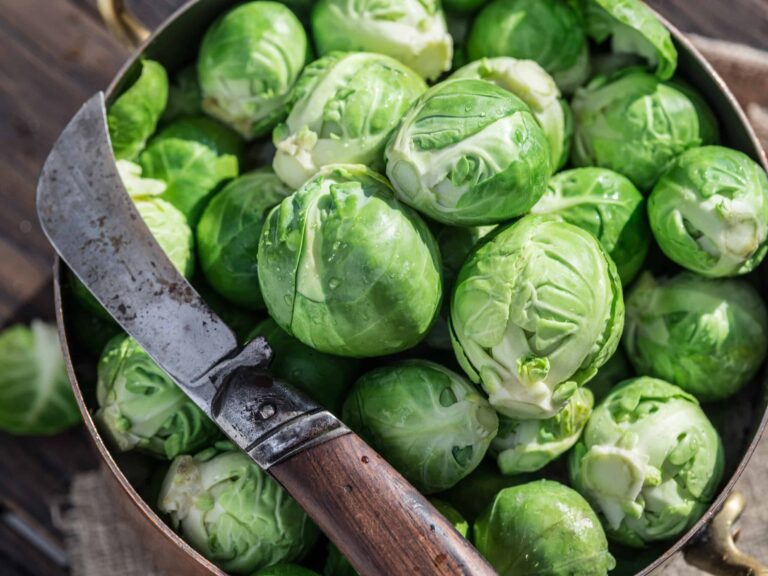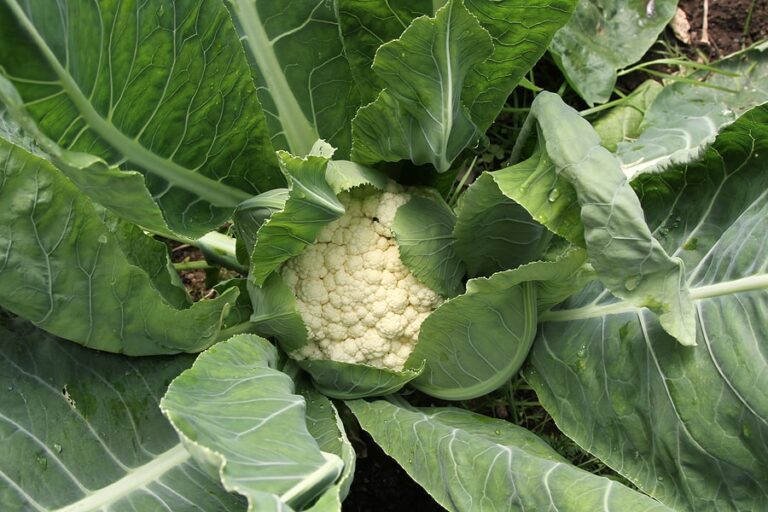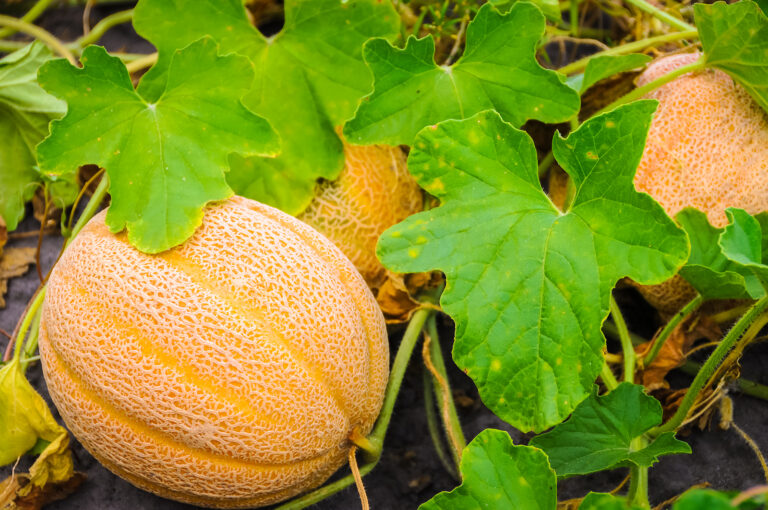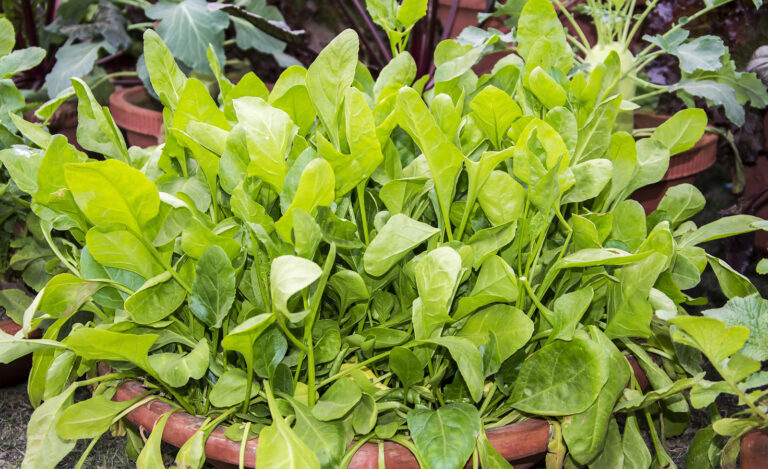How to Harvest and Store Spinach
Harvest spinach when the leaves are tender and big enough to eat. Spinach is ready for picking 40 to 65 days after sowing.
Harvest spinach when the leaves are large enough to eat, typically 4 to 6 weeks after planting. The best time to harvest is during the cooler part of the day to preserve freshness. For baby spinach, pick leaves when they reach 3 to 4 inches long; for mature spinach, wait until leaves are 6 to 8 inches. You can either cut the outer leaves individually, allowing the plant to continue producing, or harvest the entire plant by cutting it at the base. Be sure to harvest before the plant bolts (produces a flower stalk), as this can make the leaves taste bitter.
Spinach articles on Harvest to Table:
- How to Plant and Grow Spinach
- Spinach Seed Starting Tips
- How to Harvest and Store Spinach
- Spinach Growing Problems: Troubleshooting
- Six Ways to Cook and Serve Spinach
- How to Grow New Zealand Spinach
- How to Grow Malabar Spinach
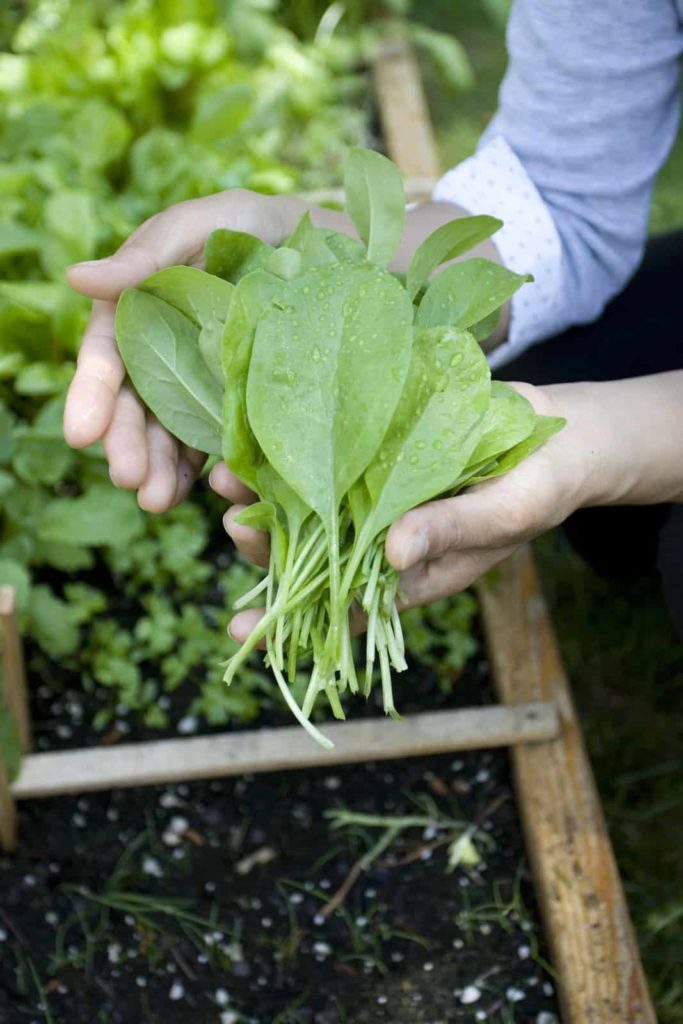
When to harvest spinach
- Harvest spinach as close to mealtime as possible for the best flavor.
- Spinach grows best between 60° and 65°F (15°-18°C)—commonly during spring or autumn. Plants commonly flower (bolt) and stop producing when temperatures reach the high 70°sF (21°+C). If temperatures rise into the 80°sF (26°+C), start picking outer leaves immediately; this will briefly delay bolting. Very warm temperatures turn spinach bitter.
- Where temperatures are consistently greater than 80°F, grow New Zealand spinach (Tetragonia teragonoides) which looks and tastes like spinach but thrives in warm temperatures.
- In mild-winter regions, spinach will often produce through the winter. In cold-winter regions, grow spinach under a plastic tunnel or in a cold frame.
- In a cold frame, you can keep spinach from freezing by covering plants with straw or hay. Overwintered spinach will give you an early spring harvest.
How to harvest spinach
- Cut spinach with garden scissors or a serrated bread knife.
- Cut spinach leaf by leaf—cut the outer leaves first allowing the inner leaves to grow larger–or cut away the whole plant one inch (2.5 cm) above the soil. Either way, the plant will keep producing new leaves as long as temperatures are cool.
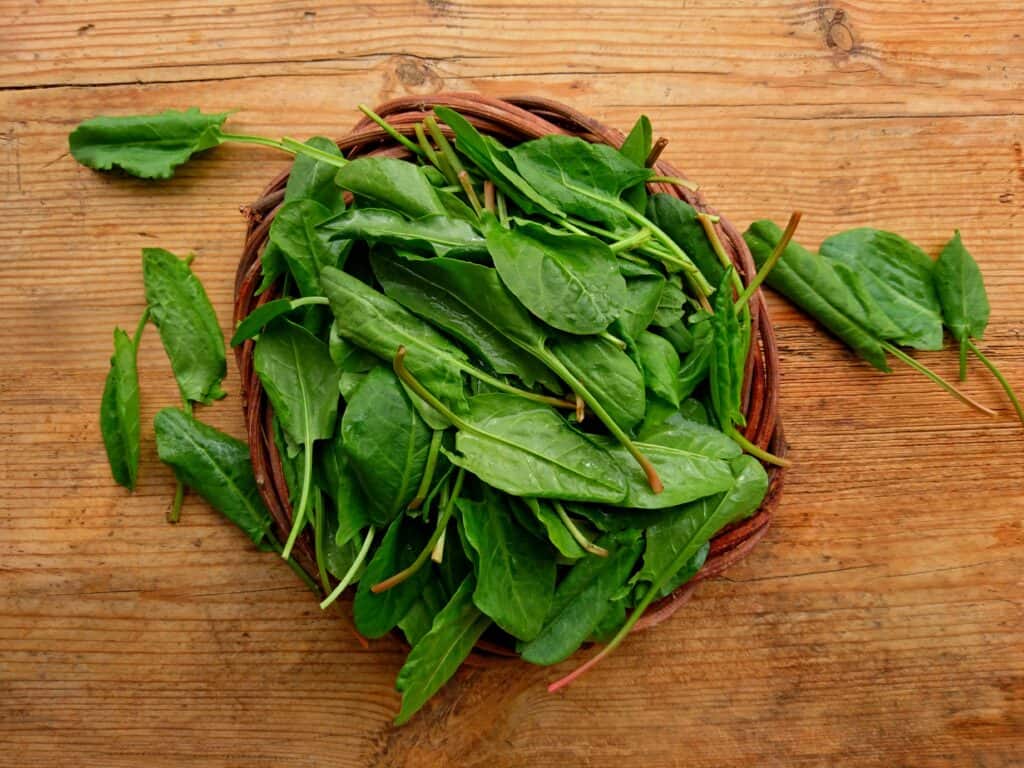
How to store spinach
- Soil often sticks to the ruffled leaves of spinach. To clean leaves fill a sink with lukewarm water and swish the leaves around then lift the leaves and set them in a colander to drain; repeat this process if the soil remains. Air dry or pat leaves dry with a cloth or paper towel before storing.
- Store spinach cold and moist, 32°-40°F (0°-5°C) and 95 percent relative humidity. Place spinach in the refrigerator in a perforated plastic bag in the vegetable crisper section. Spinach will keep in the refrigerator for about 10 days.
- Spinach that is stored too cold or too long will develop brown spots on the midrib and the leaves will wilt and yellow.
Spinach Growing Hub
🌱 Start here: The Ultimate Spinach Growing Guide: From Seed to Harvest
🌿 Planting & Seasonal Growing
- Spinach Seed Starting Tips
- When to Plant Spinach for Spring, Fall, and Winter Gardens
- Zone-specific planting dates and tips for cool-season success.
- How to Grow Spinach as a Winter Crop: Tips for Cold Hardy Gardening
- Covers frost protection, cold frames, and season extension methods.
- Succession Planting Spinach for a Continuous Harvest
- How to space and time planting for steady fresh leaves.
- Container Growing Spinach: Best Practices for Small Spaces
- Soil, container size, watering, and feeding tips.
- Hot Weather Spinach Alternatives: Best Greens When Spinach Bolts
- List of spinach substitutes like Malabar spinach, New Zealand spinach, and more.
💧 Care & Maintenance
- How to Water Spinach Properly to Prevent Bolting and Leaf Damage
- Avoiding over- and under-watering issues.
- Feeding Spinach for Lush Leaf Growth: Fertilizer and Soil Tips
- Organic and mineral feeding strategies.
🐛 Pests & Diseases
- Common Spinach Pests and Diseases and Natural Control Methods
- Aphids, leaf miners, slugs, and flea beetles.
🧺 Harvest & Storage
- How and When to Harvest Spinach for the Best Flavor and Nutrition
- Cut-and-come-again technique, harvesting baby leaves vs mature.
- How to Harvest and Store and Spinach
- Step-by-step harvest and preservation methods.
🍽️ Spinach in the Kitchen
- Six Ways to Cook and Serve Spinach
- Fresh salads, sautés, smoothies, and more.
🌱 Varieties & Seed Saving
- Best Spinach Varieties to Grow for Flavor, Heat Tolerance, and Quick Growth
- Compare smooth leaf vs savoy vs semi-savoy types.
- How to Plant, Grow, and Harvest New Zealand Spinach
- Grow this warm weather alternative to regular spinach.
- How to Plant, Grow, and Harvest Malabar Spinach
- Here’s another warm weather alternative to regular spinach.
Spinach articles on Harvest to Table:
- How to Plant and Grow Spinach
- Spinach Seed Starting Tips
- How to Harvest and Store Spinach
- Spinach Growing Problems: Troubleshooting
- Six Ways to Cook and Serve Spinach
- How to Grow New Zealand Spinach
- How to Grow Malabar Spinach
Garden Planning Books at Amazon:
- Vegetable Garden Almanac & Planner
- Kitchen Garden Grower’s Guide Vegetable Encyclopedia
- Vegetable Garden Grower’s Guide
- Tomato Grower’s Answer Book
More harvest tips:
Learn when and how to harvest your favorite vegetables for the best flavor and texture. Get storage tips for each crop. Click on the vegetable you are growing below.
- Artichoke
- Arugula
- Asparagus
- Beans
- Beets
- Broccoli
- Brussels Sprouts
- Cabbage
- Cantaloupe — Melons
- Carrots
- Cauliflower
- Celery
- Chard
- Collards
- Corn, Sweet
- Cucumbers
- Eggplant
- Endive and Escarole
- Garlic
- Jerusalem Artichoke
- Kale
- Kohlrabi
- Leeks
- Lettuce
- Melons
- Okra
- Onions
- Parsnips
- Peas
- Peppers
- Potatoes
- Pumpkins
- Radicchio
- Rhubarb
- Rutabaga
- Spinach
- Squash, Summer
- Squash, Winter
- Sunchokes
- Sweet Potato
- Swiss Chard
- Tomatillo
- Tomatoes
- Turnips
- Watermelon

